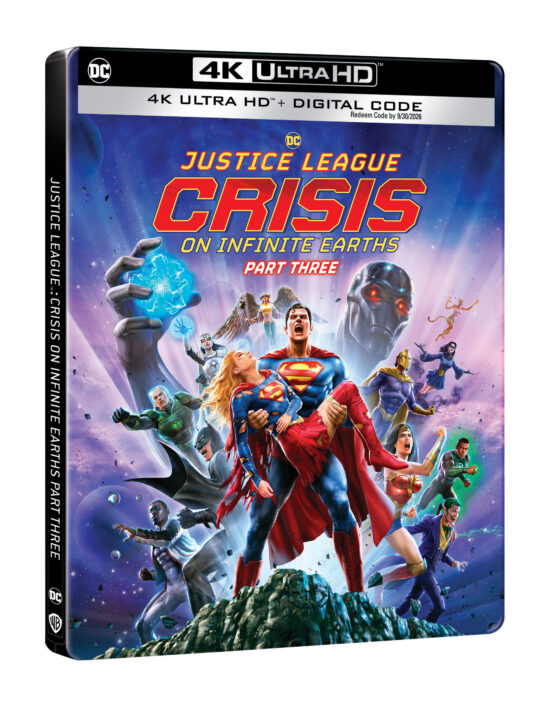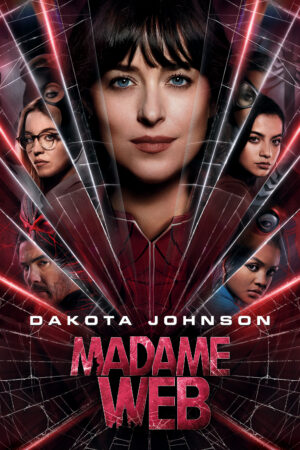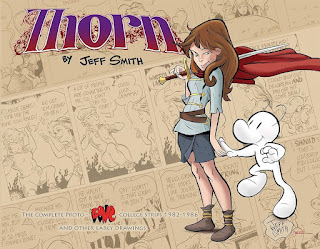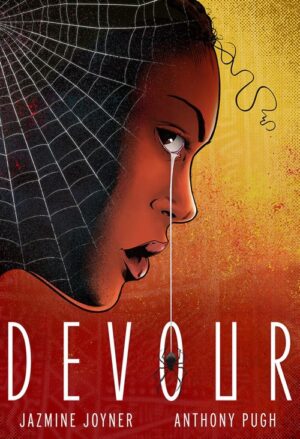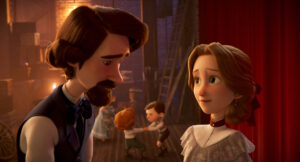BURBANK, CA (May 7, 2024) – Based on DC’s iconic comic book limited series Crisis on Infinite Earths by Marv Wolfman and George Pérez, join DC Super Heroes from across the multiverse in the action-packed conclusion of the three-part DC animated film Justice League: Crisis on Infinite Earths – Part Three. The eagerly awaited film brings to a close the thrilling trilogy that marks the end to the Tomorrowverse story arc.
Produced by Warner Bros. Animation, DC, and Warner Bros. Home Entertainment, the all-new, action-packed DC animated film features some of DC’s most famous Super Heroes from multiple universes, including Batman, Superman, and Wonder Woman, who come together to stop an impending threat of doom and destruction. Justice League: Crisis on Infinite Earths – Part Three will be available to purchase exclusively on digital on July 16 and 4K UHD in limited edition steelbook packaging and Blu-ray on July 23.
Fans of this superhero adventure will also indulge in a range of bonus features, including interviews with the filmmakers about how they created a comprehensive universe across seven films.
Justice League: Crisis on Infinite Earths – Part One and Justice League: Crisis on Infinite Earths – Part Two are currently available on Digital, 4K UHD, and Blu-ray.
Justice League: Crisis on Infinite Earths – Part Three features returning popular voice cast members: Jensen Ackles (Supernatural, The Boys, The Winchesters) as Batman/Bruce Wayne, Emmy winner Darren Criss (The Assassination of Gianni Versace: American Crime Story, Glee) as Superman & Earth-2 Superman, Aldis Hodge (Straight Outta Compton, Black Adam) as Green Lantern/John Stewart, Meg Donnelly (Legion of Super-Heroes, High School Musical: The Musical: The Series,) as Supergirl & Harbinger, and Stana Katic (Castle, Absentia) as Wonder Woman & Superwoman, along with Corey Stoll (Ant-Man, Black Mass) as Lex Luthor.
The star-studded ensemble voice cast also includes Gideon Adlon as Batgirl, Ike Amadi as Martian Manhunter/J’Onn J’Onzz, Geoffrey Arend as Psycho Pirate/Charles Halstead, Troy Baker as The Joker & Spider Guild Lantern, Brian Bloom as Adam Strange & Sidewinder, Matt Bomer as The Flash, Ashly Burch as Nightshade & Queen Mera, Zach Callison as Earth-2 Robin & Robin/Damian Wayne, Kevin Conroy as Earth-12 Batman, Alexandra Daddario as Lois Lane, Brett Dalton as Bat Lash & Captain Atom, John Dimaggio as Lobo, Ato Essandoh as Mr. Terrific, Keith Ferguson as Doctor Fate & Two-Face, Will Friedle as Batman Beyond & Kamandi, Jennifer Hale as Hippolyta & Green Lantern Aya, Mark Hamill as Earth-12 The Joker, Jamie Gray Hyder as Hawkgirl & Young Diana, Erika Ishii as Doctor Light/Dr. Hoshi & Huntress, David Kaye as The Question & Cardonian Lantern, Matt Lanter as Blue Beetle, Liam McIntryre as Aquaman, Cynthia Kaye McWilliams as Dr. Beth Chapel & The Cheetah, Lou Diamond Phillips as The Spectre, Elysia Rotaru as Black Canary & Black Canary II, Matt Ryan as Constantine, Katee Sackhoff as Poison Ivy, Keesha Sharp as Vixen, Jimmi Simpson as Green Arrow, Jason Spisak as Blue Lantern Razer & Hayseed, Armen Taylor as The Flash/Jay Garrick, Gas Soldier & Executioner, and Dean Winters as Captain Storm.
Justice League Crisis on Infinite Earths – Part Three is produced by Jim Krieg and Kimberly S. Moreau and executive produced by Butch Lukic, Sam Register, and Michael Uslan. The film is directed by Jeff Wamester from a script by Jim Krieg. Casting and voice direction is by Wes Gleason. The film is based on characters from DC and the graphic novel “Crisis on Infinite Earths” by Marv Wolfman and George Pérez
Justice League Crisis on Infinite Earths—Part Three will be available digitally on July 16 from Amazon Prime Video, AppleTV, Google Play, Vudu, and more. On July 23, the film will be available on 4K Ultra HD in limited edition steelbook packaging and Blu-ray Discs online and in-store at major retailers. Pre-order your copy now.
Additionally, the Justice League Crisis on Infinite Earths Trilogy will be available on July 16 to purchase digitally from Amazon Prime Video, AppleTV, Google Play, Vudu, and more. It features an exclusive special feature: An Epic Challenge: Crisis in Comics and Animation.
SYNOPSIS:
Now fully revealed as the ultimate threat to existence, the ANTI-MONITOR wages an unrelenting attack on the surviving Earths that struggle for survival in a pocket universe. One by one, these worlds and all their inhabitants are vaporized! On the planets that remain, even time itself is shattered, and heroes from the past join the Justice League and their rag-tag allies against the epitome of evil. But as they make their last stand, will the sacrifice of the superheroes be enough to save us all?
SPECIAL FEATURES INCLUDE:
Justice League: Crisis on Infinite Earths – Part Three – Physical and Digital
- A Multiverse of Inspiration
- Jon and John: Stewart and Constantine
Justice League: Crisis on Infinite Earths Trilogy (Digital only)
- An Epic Challenge: Crisis in Comics and Animation
PRICING AND FILM INFORMATION
Justice League Crisis on Infinite Earths – Part Three
PRODUCT SRP
Digital purchase $19.99
4K Ultra HD Steelbook + Digital Version* $47.99 USA
4K Ultra HD Steelbook $54.99 Canada
Blu-ray + Digital Version* $29.98 USA
Blu-ray $39.99 Canada
Justice League Crisis on Infinite Earths Trilogy
PRODUCT SRP
Digital purchase $39.99
4K/Blu-ray Languages: English, Spanish, French
Blu-ray Subtitles: English, Spanish, Dutch, French
Running Time: 98:06
Rated PG-13 for some violence and language.
*Digital version not available in Canada







